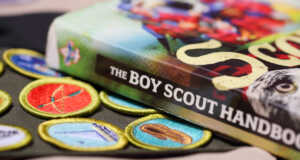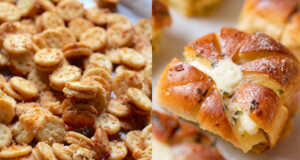The Christmas season slides into our radar and almost immediately we go into autopilot, especially with baking. We get stuck in our classic tried and true ways, but there’s a whole world (literally) of Christmas sweets. Here are some unexpected Christmas treats that you might want to try your hand at this year.
Denmark

Flødebolle are the Danish mallomars of your dreams. A thin cookie is a base with a whipped meringue encased in a coating of chocolate. Other countries like Sweden, Norway, and Finland have a similar dessert but it just goes by a different name. These cookies are super versatile and you can add caramels and fillings into the center of the meringue.
Poland

Piernik is far from your average slice of gingerbread loaf. This classic Polish Christmas dessert has an ultra-spiced cake base that houses a layer of thick layer plum jam. In most recipes, the cake gets coated with a thick coating of chocolate ganache.
Norway
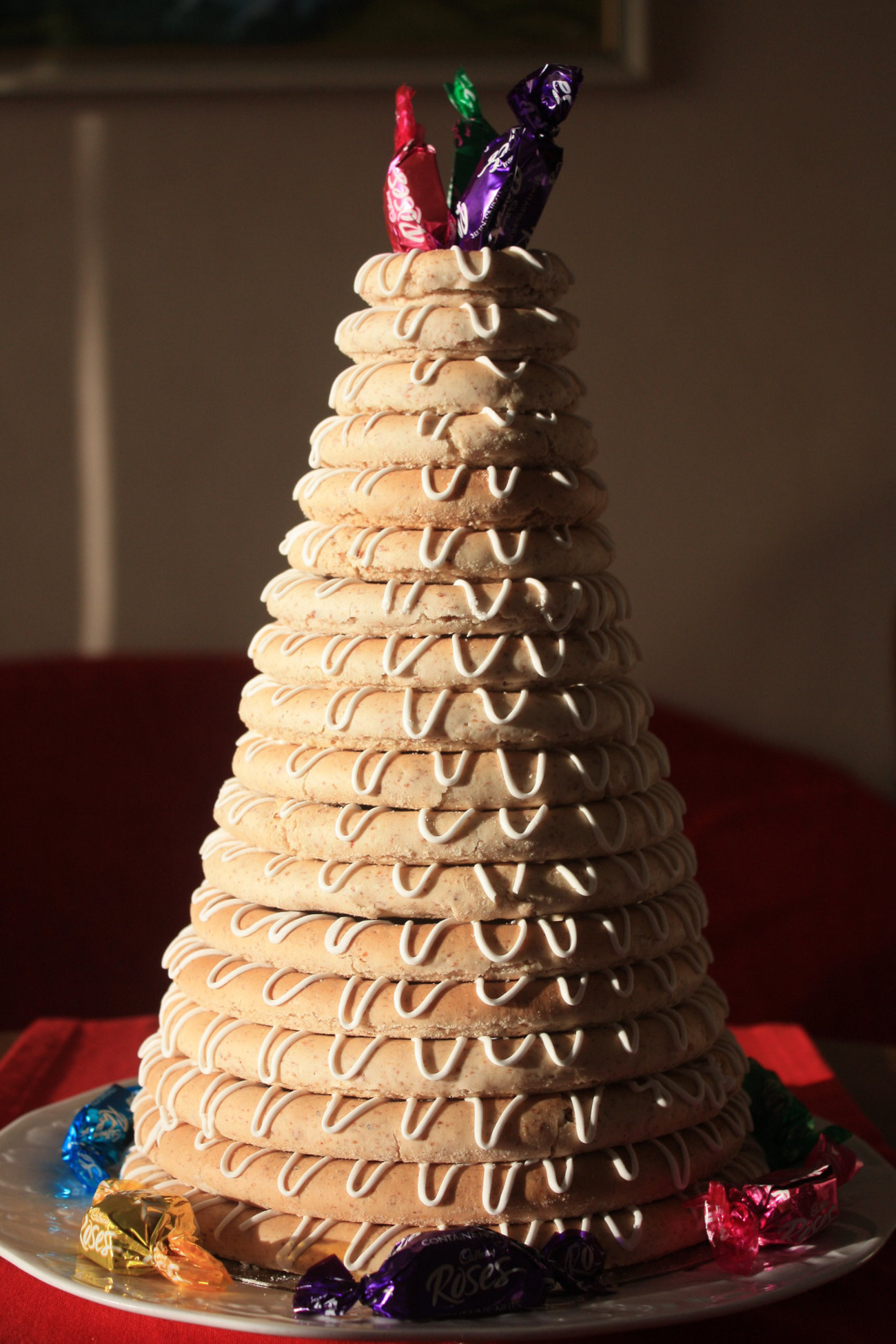
Kransekake (again the names vary from Danish and Norwegian) may sound unfamiliar but its rich taste of butter and almonds are a hundred percent comforting. It’s far from your average dessert. Rings of cookie-like cake layers are stacked on top of one another to form an epic tree-shaped dessert.
Philipines
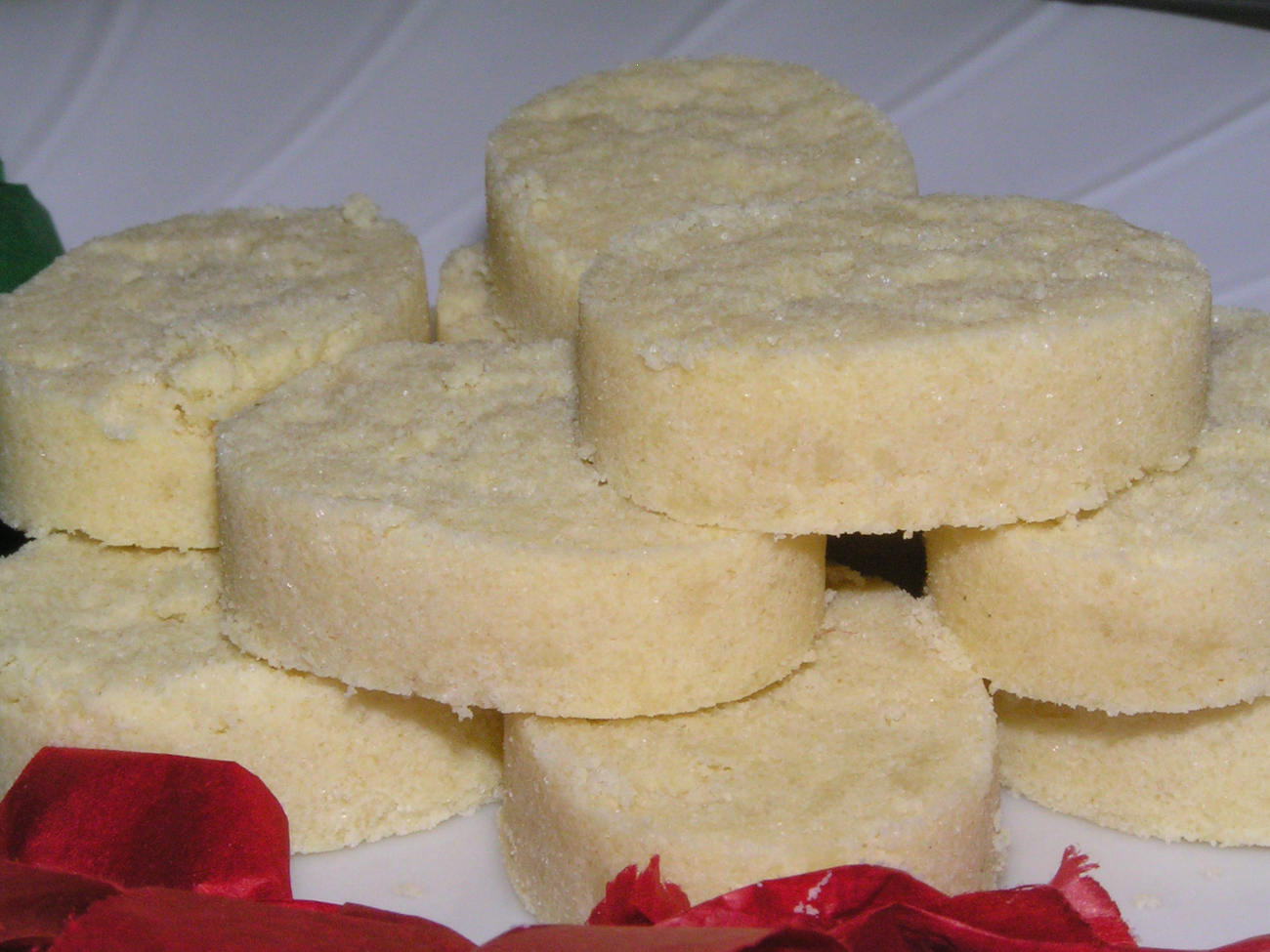
Polvoron is a classic Filipino Christmas cookie that has a long history, linking back to Spain’s colonization of the Philippines. Spanish polvorones (polvo meaning dust) cookies became a part of the Filipino culinary landscape. There’s a reason why these cookies became popular, polvoron cookies are delicious and easy to make. Toasted flour, milk powder, sugar, and butter are combined to form a smooth, melt-in-your-mouth no-bake shortbread.
Japan
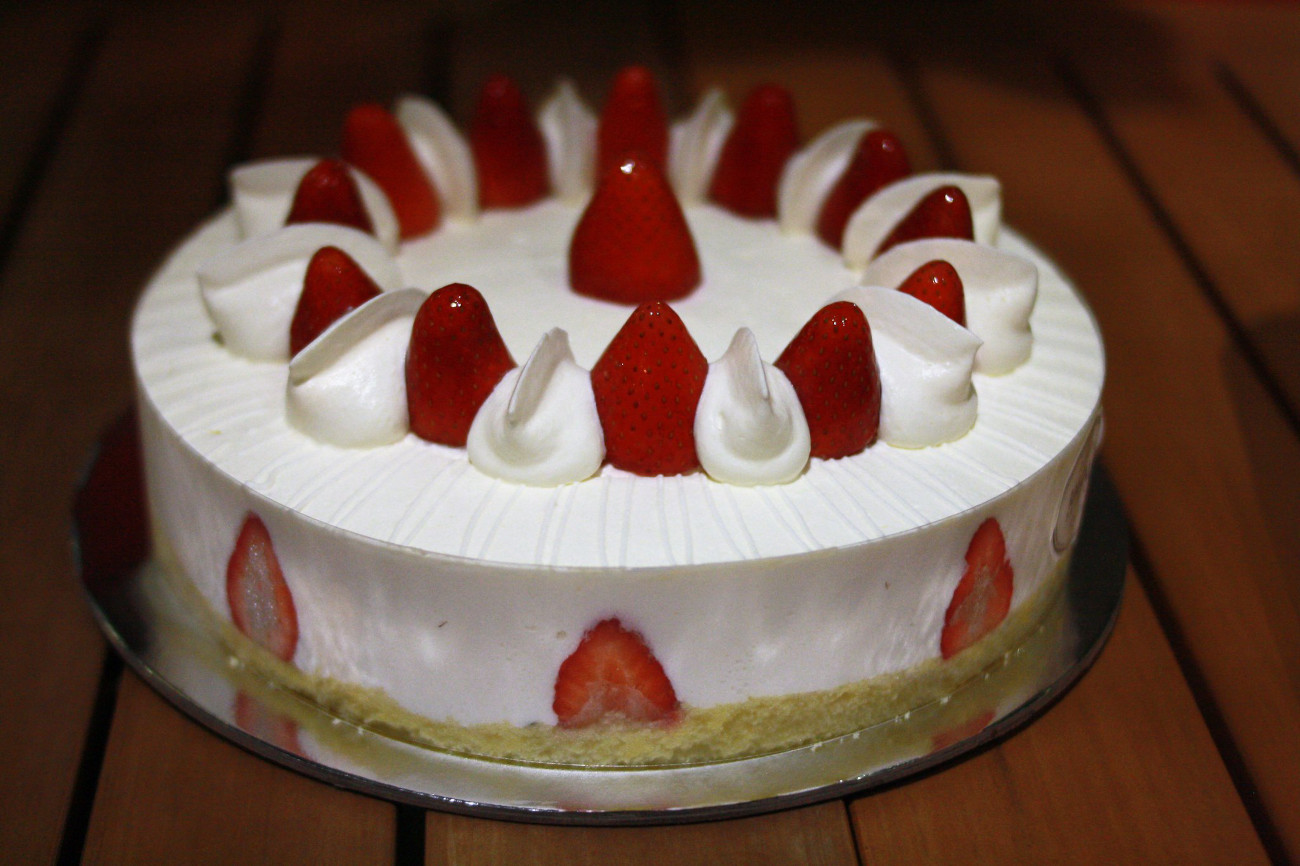
Fresh genoise sponge cake, plump ripe strawberries, and mountains of fresh whipped cream may not ring in too many as a Christmas dessert, but for those in Japan, this cake is THE holiday treat. During the turn of the 20th century and after the Russo-Japanese War more western media entered the public sphere. Christmas was promoted less as a religious or family holiday, but more as a secular celebration to enjoy more western-styled foods and treats. Nowadays the designs and toppings of these creme cakes vary as much in price. Chain store cakes start at around $25 and fancier establishments’ cakes can cost hundreds of dollars.

